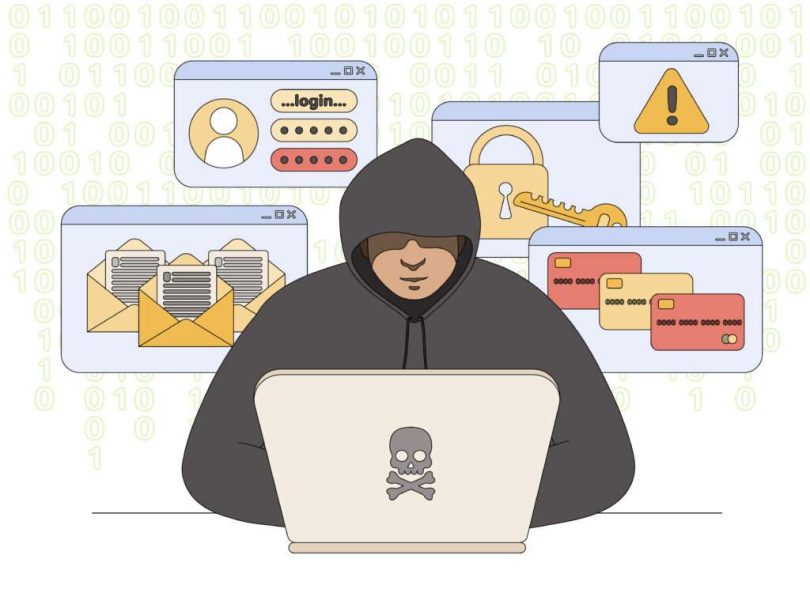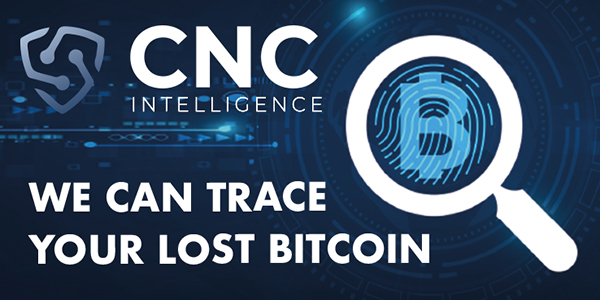As the world becomes increasingly digital, it’s natural to feel overwhelmed by the vast array of online options. With the rise of e-commerce, it’s now easier than ever to shop from the comfort of your own home. However, with this convenience comes the risk of encountering scammers and fake stores. In this article, we’ll explore the importance of distinguishing between real stores and scams, and provide you with the necessary tools to make informed purchasing decisions.
At its core, the existence of fake stores is a result of the anonymity provided by the digital realm. Scammers often create convincing websites and social media pages, making it challenging for unsuspecting customers to identify the authenticity of the store. This lack of transparency can lead to devastating consequences, such as financial loss, identity theft, or even physical harm.
So, how can you avoid falling prey to these scammers? The first and most effective strategy is to be cautious. Be wary of websites with poor grammar, spelling, and overall design. Legitimate businesses invest in creating a professional online presence, so if a website looks sloppy, it’s likely a red flag. Additionally, be skeptical of stores that require personal information, such as credit card numbers or social security numbers, during the checkout process.
Another crucial step is to research the store’s reputation. Check for reviews, both online and offline, to get a sense of the store’s customer service and product quality. Look for official social media accounts and contact information, as well as participating in online communities and forums where people discuss their experiences. This will give you a more accurate picture of the store’s legitimacy.
Furthermore, always verify the store’s physical address and phone number. Scammers often try to create a virtual presence without a real-world counterpart. Search for the store’s name along with the city and state to see if it appears in search results. If not, it may be a red flag.
It’s also essential to use a credit card or a reputable payment gateway, such as PayPal, instead of wire transfers or gift cards. This will give you more control over your transactions and make it easier to dispute any charges if something goes awry.
In conclusion, being aware of the potential risks associated with online shopping is crucial in avoiding scams. By being cautious, researching the store’s reputation, verifying its physical address, and using a reputable payment method, you can ensure a safe and enjoyable online shopping experience. Remember, a little caution can go a long way in protecting your identity, your wallet



